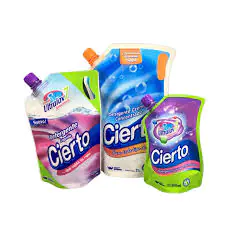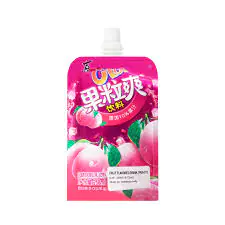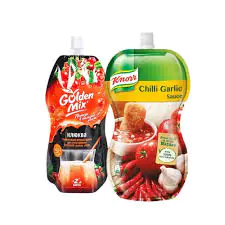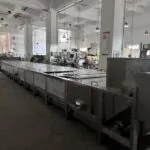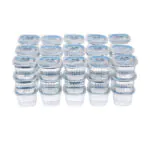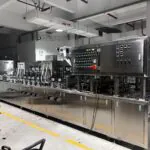
How to Fill Spout Pouches for Your Business?
Struggling with messy, slow manual filling? Spout pouches can be tricky, leading to waste and inconsistent products. There is a much better, automated way to handle this.
Automated spout pouch filling machines handle the entire process for you. These machines load the pouches, fill them with your product, clean the spouts, apply the caps, and then lock them, ensuring a clean and efficient production line from start to finish.
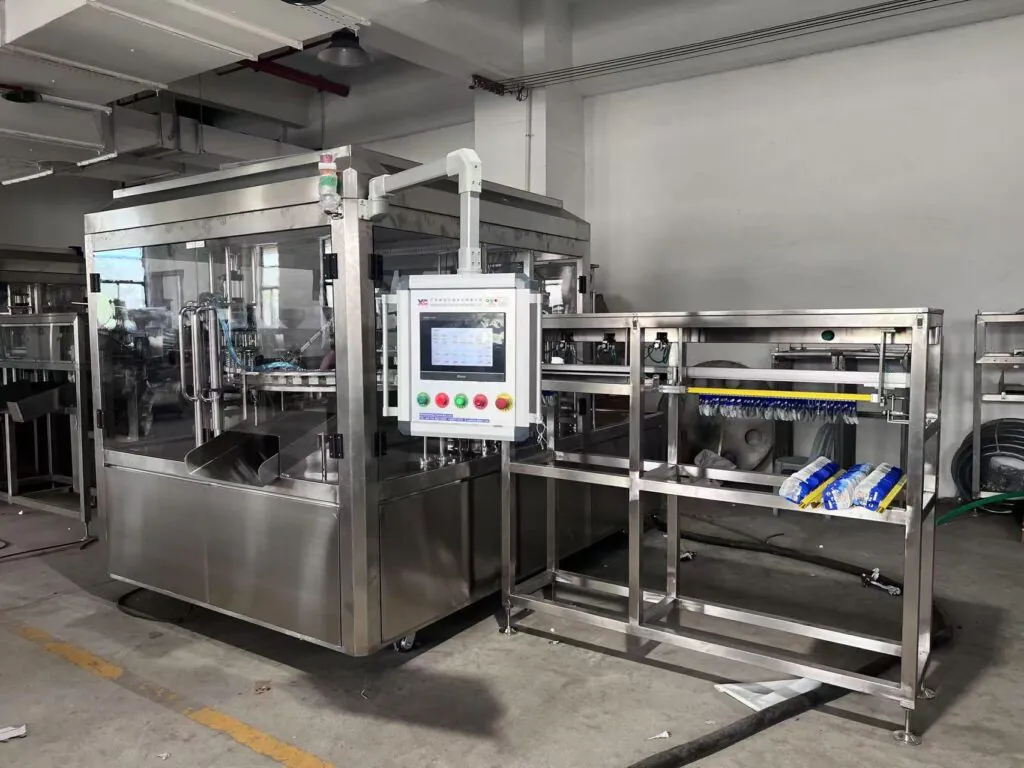
Automated Spout Pouch Filling Machine
This all might sound a bit complex, but when you break it down, it’s a very logical and smooth process. I’ve seen countless clients go from manual chaos to automated bliss. Let me walk you through exactly how these machines work and why they are a game-changer for businesses like yours. We will look at each step so you can see how simple it really is.
What are spout pouches and why should you care?
Seen those handy pouches with a nozzle everywhere? You know they are popular, but what exactly makes them a great packaging choice for your product line?
Spout pouches are flexible bags, usually made of laminated plastic films, with a built-in spout and cap. They are popular for liquids and semi-liquids like juice, yogurt, and sauces because they are lightweight, resealable, and easy for customers to use.
How does the automated filling process begin?
Manually placing each pouch perfectly is a nightmare. It slows you down, and one mistake can jam the entire line. Is there a way to start the process flawlessly every time?
The automated process begins when you load pre-made spout pouches into the machine’s magazine or onto a conveyor belt. The machine then automatically picks up each pouch and positions it perfectly under the filling nozzle, ready for the next step.
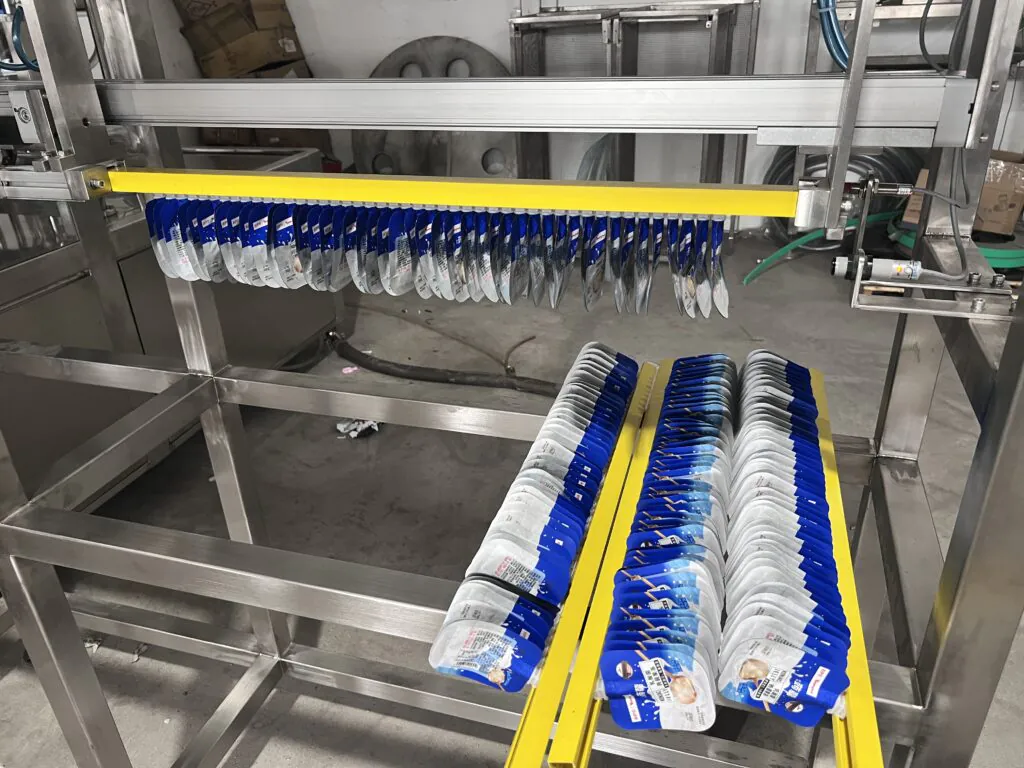
Pouch Loading System
I remember a client who produced yogurt drinks. They were trying to load pouches by hand, and it was pure chaos. Their production speed was slow, and workers were getting frustrated. The moment we installed one of our machines, everything changed. The first step, loading the pouches, sets the pace for the entire operation. Getting this right is critical.
The Pouch Loading System
Our machines have a simple pouch magazine. You or your operator can stack a large number of empty pouches into this holder. The machine does the rest. It uses suction cups or mechanical grippers to pick one pouch at a time. This ensures a steady and consistent supply of pouches to the filling station without any manual intervention. This system is designed to be gentle so it doesn’t damage the packaging.
Ensuring Perfect Placement
After picking up a pouch, the machine moves it to a specific spot. Sensors check that the pouch is open and positioned correctly under the filling head. If a pouch is defective or misplaced, the machine will often pause or reject it. This prevents spills and ensures every pouch that gets filled is a good one. This precision is something you can never achieve consistently by hand.
| Aspect | Manual Loading | Automated Loading |
|---|---|---|
| Speed | Slow, inconsistent | Fast, constant |
| Accuracy | Prone to errors | Highly precise |
| Labor Cost | High (needs 1-2 operators) | Low (needs monitoring only) |
| Consistency | Low | Very High |
What happens during the filling and cleaning stage?
Spills and drips during filling create a mess and waste product. Any residue on the spout makes a bad impression. How do you get a clean, perfect fill every single time?
A piston pump1 or another filling system injects a precise amount of your product into the pouch. Immediately after, a cleaning station2 uses a puff of air or a tiny jet of water to wipe the spout area, ensuring no product residue interferes with capping.
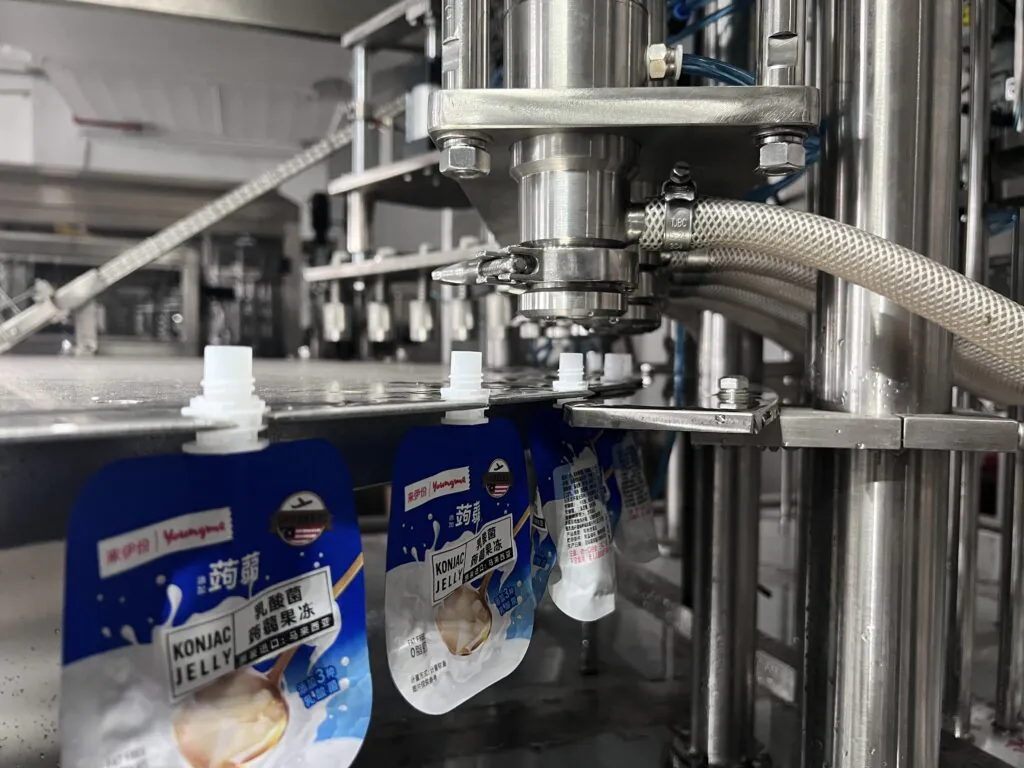
Pouch Filling and Cleaning
I’ve worked with companies filling everything from thick chocolate paste to thin fruit juices. The biggest concern is always accuracy and cleanliness. No one wants to buy a sticky pouch. A customer of ours who makes jelly snacks told me that before automation, their product loss from spillage was almost 10%. Our machine eliminated that problem overnight.
Precision Filling Mechanisms
The heart of the machine is the filling system. For liquids like juice, we might use a gravity or flowmeter filler. For thicker products like yogurt or paste, a piston pump is ideal. It measures the exact volume of product for every single pouch. You just set the desired volume on the control panel, and the machine delivers that amount every time, with very little variation. This means you don’t give away free product, and your customers always get what they paid for.
The Importance of Spout Cleaning
This is a small step, but it’s incredibly important. After filling, there might be a tiny drop of product on the rim of the spout. If you cap over that, the seal might not be perfect. It can also look unprofessional. Our machines have a station that cleans the spout right before capping. This ensures a tight seal and a clean final product that looks great on the shelf.
| Product Type | Recommended Filling System | Why it Works | |
|---|---|---|---|
| Thin Liquids (Juice, Water) | Gravity or Flowmeter Filler3 | Fast and accurate for low-viscosity fluids. | |
| Semi-Liquids (Yogurt, Sauce) | Piston Pump | Provides precise volume control for thicker products. | |
| Pastes (Chocolate, Jam) | Servo-Driven Piston Pump | Offers powerful and highly accurate dispensing for viscous materials. | |
| Products with Granules | Piston Pump with wide nozzle | Handles small solid parts without crushing them. | ‘ |
How are the spout pouches sealed securely?
An improperly sealed cap means leaks, spoiled products, and unhappy customers. How can you guarantee every single pouch is sealed tight for transport and sale?
The machine automatically places a cap onto the cleaned spout. It then uses a precise amount of force, or torque, to screw the cap on tightly. This locks it in place to create a secure, tamper-evident seal that protects your product.
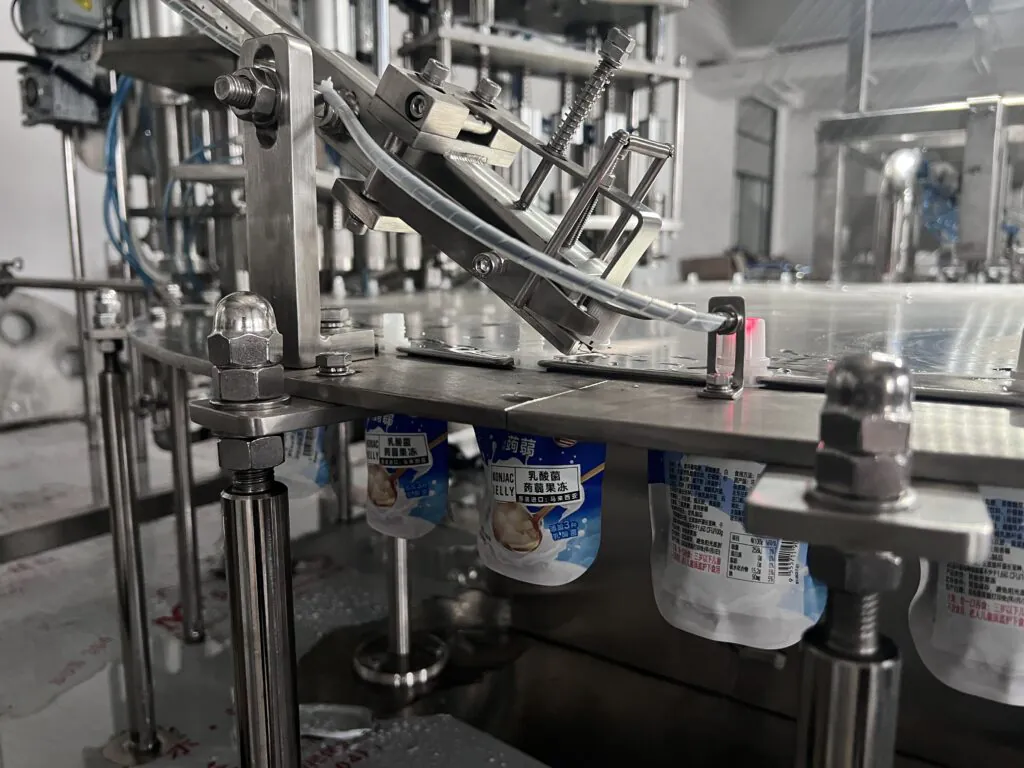
Automated Pouch Capping
A secure seal is non-negotiable. I once had a client who was expanding into a new region. Their first shipment arrived with nearly 20% of the products leaking because of poor manual capping. It was a disaster for their brand reputation. When we design our machines, the capping station is something we focus on intensely. It has to be perfect.
The Capping Station
After filling and cleaning, the pouch moves to the capping station. A cap feeder, usually a vibrating bowl, sorts and orients the caps correctly. A mechanical arm then picks up a cap and places it on the pouch’s spout. The process is fast and precise. It makes sure every pouch gets a cap, facing the right way, every time.
Torque Control for a Perfect Seal
This is the final, critical action. The machine uses a capping head that spins to tighten the cap. The key here is "torque control." You don’t want the cap to be too loose, or it will leak. You also don’t want it to be too tight, or it could damage the spout or be difficult for customers to open. We set the machine to apply the exact right amount of turning force for a perfect, secure seal that is still user-friendly. This guarantees product integrity from your factory to the consumer’s hands.
| Sealing Check | Description | Why It’s Important |
|---|---|---|
| Torque Monitoring4 | The machine measures the force used to tighten each cap. | Ensures a consistent and secure seal on every pouch. |
| Visual Inspection | An operator or camera system checks for misaligned caps. | Catches any obvious errors before packing. |
| Leak Testing5 | Random pouches are squeezed or put in a vacuum chamber. | Confirms the integrity of the seal and pouch. |
| Cap Detection Sensor | A sensor confirms a cap is present before the station. | Prevents uncapped pouches from leaving the machine. |
Conclusion
Automating your spout pouch filling streamlines production. It moves from loading to filling, cleaning, and capping seamlessly, boosting efficiency, reducing waste, and ensuring a professional, high-quality final product.
- Understanding piston pumps can enhance your knowledge of efficient filling systems and their benefits. ↩
- Exploring cleaning stations will help you learn about maintaining product quality and preventing contamination. ↩
- Exploring the benefits of these fillers can help you choose the right system for your liquid products, improving accuracy and speed. ↩
- Understanding Torque Monitoring can help ensure your packaging process maintains high quality and consistency. ↩
- Exploring Leak Testing methods can enhance your knowledge of quality control in packaging, ensuring product integrity. ↩
Recent Posts
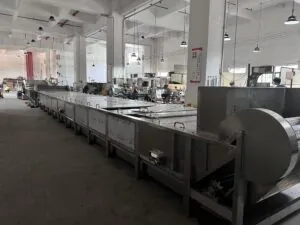
What is the Purpose of an Auto Pasteurizer in a Food Production Line?
Are your food products spoiling too quickly? This waste costs you money and limits how
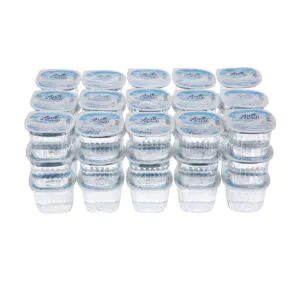
How Do You Fill Mineral Water with Cup Filling Machine?
Struggling with high investment costs for bottling mineral water? There is a simpler, more affordable
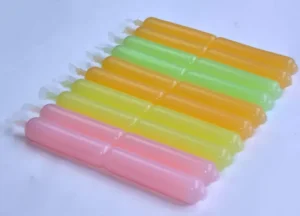
How Do You Manufacture Ice Lolly Tubes From Start to Finish?
Struggling with slow, manual ice lolly production? Inconsistent quality and low output hurts your business.
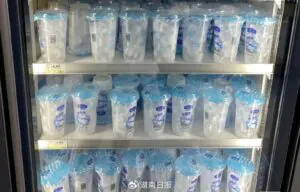
Ice Cup Filling Machine, How to Produce Ice Cup?
Confused about making ice cups efficiently? The process might seem complicated, involving multiple machines and
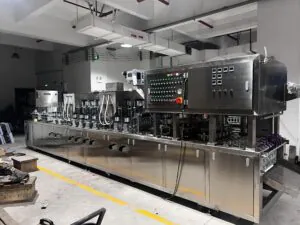
How to Produce Butterfly Jelly with Our Filling Machine?
How to Produce Butterfly Jelly with Our Filling Machine? Struggling to create eye-catching, multi-colored jellies?

